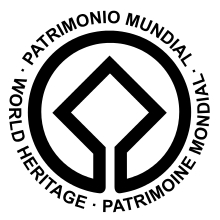yellowstone
a nature paradise
a nature paradise
Messages
from within
Mother Earth
Geysers and Hotsprings
around Yellowstone National Park
Yellowstone is a very large cauldron, a 'caldera' in geologese, a relatively flat and round surface surrounded by mountains. The Earth's crust is not so thick inside the caldera... You can think of it as a huge volcano that is not completely asleep. It bubbles and burps all the time. All kind of metals and minerals that are part of the witches' brew beneath give colour to the ashen surface around hotsprings and geysers. Volcanologists have calculated that an eruption of this supervolcano would cover the whole of North America with a coat of volcanic ash, from a few centimeters on the east coast to several meters in California and Oregon. Fortunately, an eruption isn't
planned for some time yet...
A pity we can't include the smell... well, not really a pity
In the meantime, the nearness of the hot molten innards of Mother Earth makes itself felt in the geothermic basins all around Yellowstone. There are three fields (Lower, Midway and Upper) between Madison and the famous Old Faithful geyser.
Another concentration of geothermic activity is the Norris basin between Madison and Mammoth. But also at other places you'll see vapour rising out of the ground, and you'll smell the typical sulfuric odor that becomes quite nauseating in the end.
On our third and last day at Yellowstone, we visited the Grand Prismatic Spring in the middle basin near Madison. The colours here are incredible and are in fact created by trillions of thermophile microorganisms that thrive in the extreme circumstances of these hotsprings: boiling temperatures, extremely acid or alkaline water, etc.
